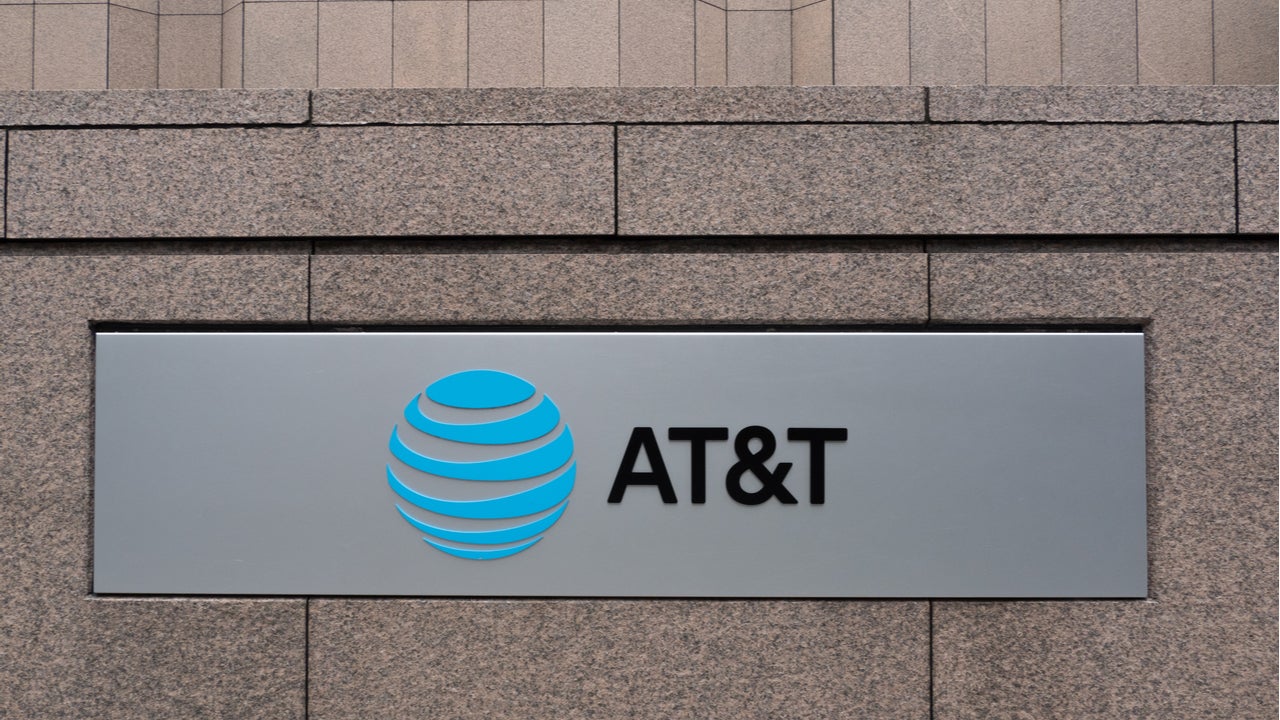
AT&T arguably took a leadership position among US telecommunication operators, announcing on 31 August that it will drive a reduction of a gigaton of greenhouse gas (GHG) emissions —1 billion metric tons — by 2035, in conjunction with a consortium of partners that includes Microsoft, Equinix, Duke Energy, and a number of research universities. A gigaton is equal to roughly 15% of total US greenhouse gas emissions and 3% of global emissions based on 2020 estimates.
In truth, the ‘gigaton’ claim is somewhat misleading in that it represents a cumulative reduction over a 17-year period that began in 2018 when AT&T started working with sustainability advisory firm Carbon Trust to help its enterprise customers reduce their emissions by using AT&T technology. The company says that initiative, which included the deployment of smart Internet of Things (IoT) and edge computing technologies, resulted in a reduction of more than 72 million metric tons of carbon dioxide emissions from AT&T customers in the manufacturing, agriculture, and commercial sectors. The gigaton reduction goal represents an acceleration of that initiative.
AT&T has more work to do
While that initiative focuses primarily on helping AT&T’s customers reduce their emissions, AT&T has more work to do on ‘greenifying’ its internal emissions. The good news is that, according to its most recent sustainability report, AT&T generated nearly 2.4 billion kilowatt hours of green power in 2020, largely through a wind contract with NextEra Energy. That ranks AT&T seventh on the EPA’s “Green Power Partnership National Top 100” list released in July. This compares to 1.7 billion green kilowatt hours reported by T-Mobile – ranked tenth on the same EPA list – and compares very favorably to Verizon, which did not appear on the EPA list at all.
The bad news – or perhaps the challenge – for AT&T is that, despite its number seven ranking on the EPA list, it still uses green sources for just 18% of its total energy consumption, meaning 82% is still coming from non-green sources. By comparison, other tech companies like Google, Microsoft, Intel, and Equinix are already generating nearly all of their energy from green sources.
Verizon is taking some positive steps
For its part, despite not scoring very highly on the EPA’s green index, Verizon is taking some positive steps on sustainability. In August and September, Verizon allocated proceeds from a $1 billion ‘green bond’ and took steps toward issuing a third $1 billion bond after issuing its first such bond in 2019.
Verizon claims that in the past two years, it has become one of the leading corporate buyers of renewable energy in the US, entering into 14 virtual power purchase agreements for nearly 1.9 gigawatts of renewable energy capacity. Verizon says it is committed to having at least 50% of its annual electricity consumption powered by renewable sources by 2025.
How well do you really know your competitors?
Access the most comprehensive Company Profiles on the market, powered by GlobalData. Save hours of research. Gain competitive edge.

Thank you!
Your download email will arrive shortly
Not ready to buy yet? Download a free sample
We are confident about the unique quality of our Company Profiles. However, we want you to make the most beneficial decision for your business, so we offer a free sample that you can download by submitting the below form
By GlobalData






Related Company Profiles
Intel Corp
AT&T Inc
Microsoft Corp
NextEra Energy Inc
Equinix Inc